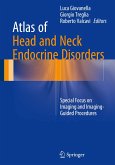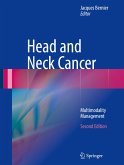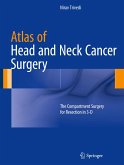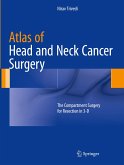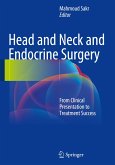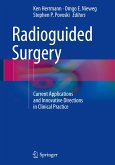This book presents the morphology, possible mechanisms of formation, and clinical relevance of tumor deposits (TDs) in different organs and parts of the body. It also describes the diagnostic features that are currently available for TDs and discusses the prognostic impact of TDs. The poor prognostic and predictive values of TDs were found to be as strong as distant metastasis in different series. TDs, best characterized by colorectal cancer, are irregular discrete tumor masses that are discontinuous from the leading edge of the tumor. However, even in colorectal cancers, the place of TDs in tumor staging (tumor, lymph node and distant metastasis categories) remains controversial. This book presents the possible mechanisms of TD formation, including neurotrophic and angiotrophic extravascular migratory metastasis, in comparison with the well-known mechanisms of metastasis. It also shows that TDs were identified in esophageal, gastric, salivary gland, head and neck, andbreast carcinomas. The possible mechanisms leading to the frequent association of TDs and peritoneal carcinomatosis are discussed. This is a valuable resource for pathologists, oncologists, and surgeons who are looking for detailed information on the latest scientific insights into the pathology and prognostic implications of TDs.


